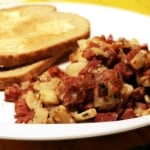Pistachios: Health Benefits, Recipes & History
Pistachios are one of the most popular nuts eaten around the world. They are also one of the oldest cultivated nuts in history.
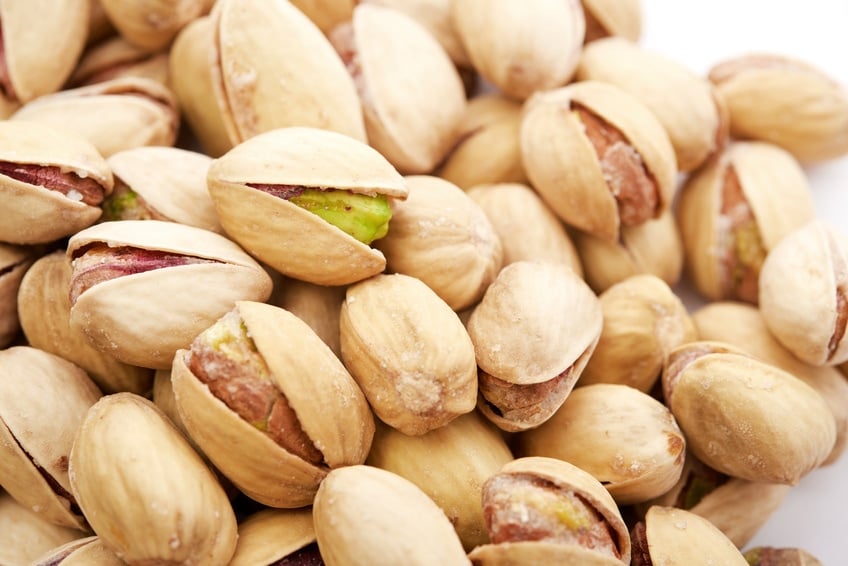
Pistachios are one of the most popular nuts eaten around the world. And they’re one of the oldest cultivated nuts—along with almonds, pistachios are one of the two nuts mentioned in the Bible. Roman historian Pliny the Elder mentions the pistachio tree as coming from Syria and being in use as a food crop going back to the 7th Millennium BC.
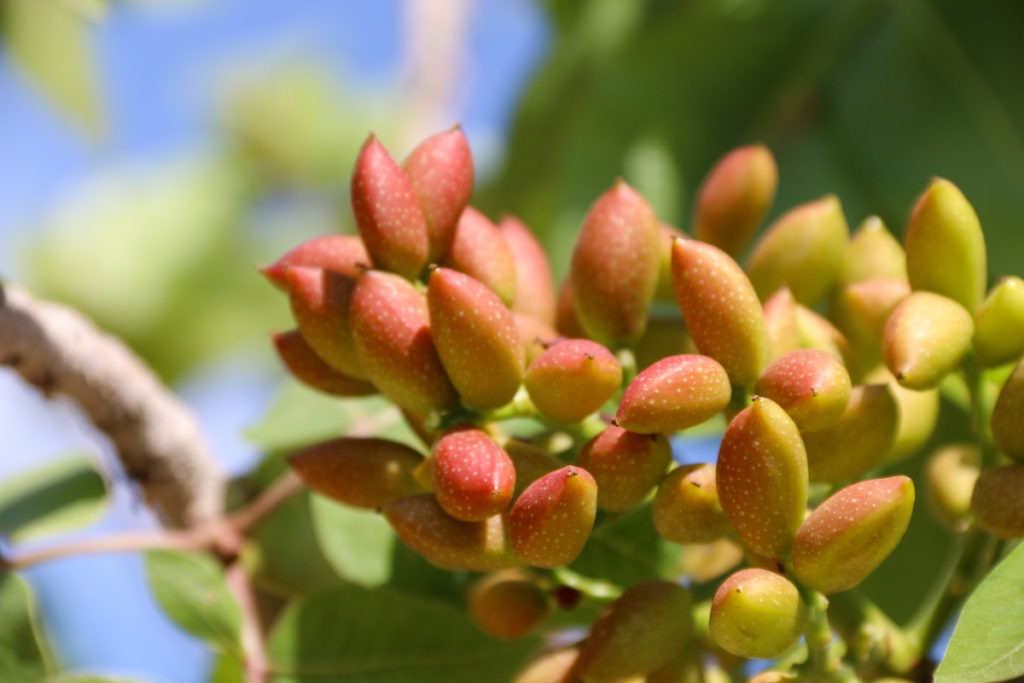
Where Do Pistachios Come From?
Pistachios are the seed of a small, plum-like fruit, or drupe, that grows in bunches like grapes. As the fruit ripens, it changes from hard and smooth and green, to soft and yellow/red. Eventually, the skin becomes wrinkled and softer, and this is usually when the pistachio is harvested.
Prior to harvest, the seed of the pistachio, which is the “nut” we eat, grows in its protective shell inside the fruit to the point where it bursts through and splits the shell with a loud crack. It is said that if you are sitting under a pistachio tree and hear this sound, it’s good luck. The Persians called the pistachio “the smiling nut,” because the split shell resembles a smile. The Chinese call it “the happy nut.”
After harvest, the outer flesh of the pistachio is removed and discarded, and the nuts are sorted, sun-dried, then usually salted and roasted.
Fun Fact: Pistachios and mangoes are distant cousins. Another distant cousin is poison ivy!
Why Red?
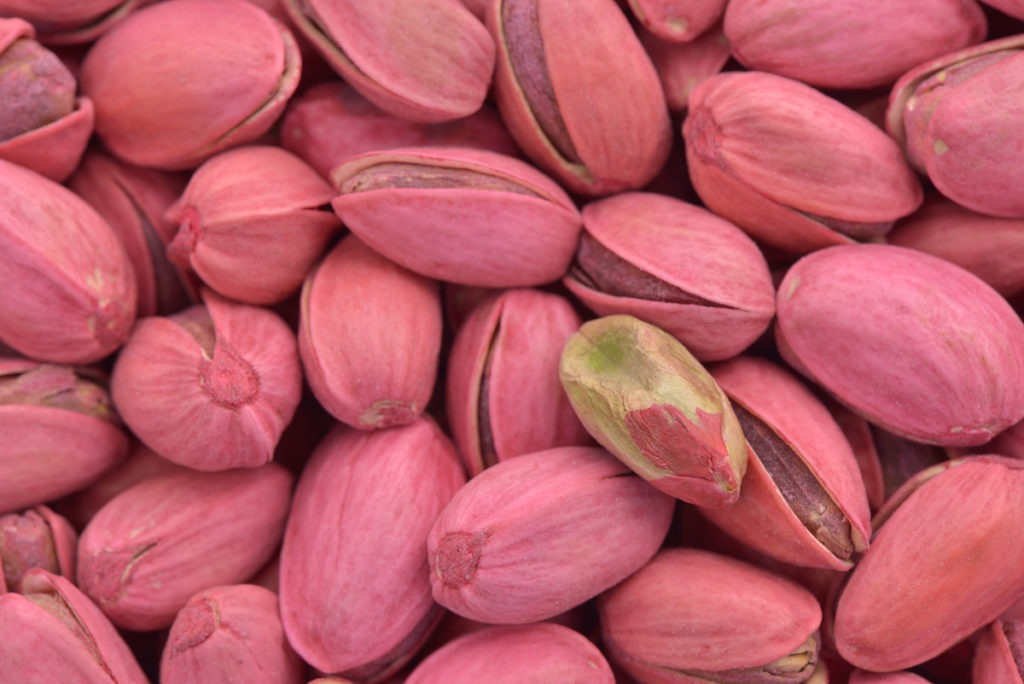
Most pistachio lovers of a certain age will remember a time when the nuts were dyed bright colors, usually red, but sometimes green. It was very rare to see pistachios with their natural tan shells. Eating pistachios always meant red fingertips and mouths. The reason pistachios were dyed had to do with the processing methods, which frequently left the cream-colored shells with stains on them from the outer fruit layer. The coloring was added to give the shells a more uniform and attractive appearance. Today, the nuts are usually processed by automated machinery, whose systems are efficient enough that the natural shells don’t become discolored.
The pistachio only began to be cultivated in this country in the late 1920s. Today, the major producers of pistachios are California, Turkey, and Iran.
Pistachio Nostalgia—Ice Cream!
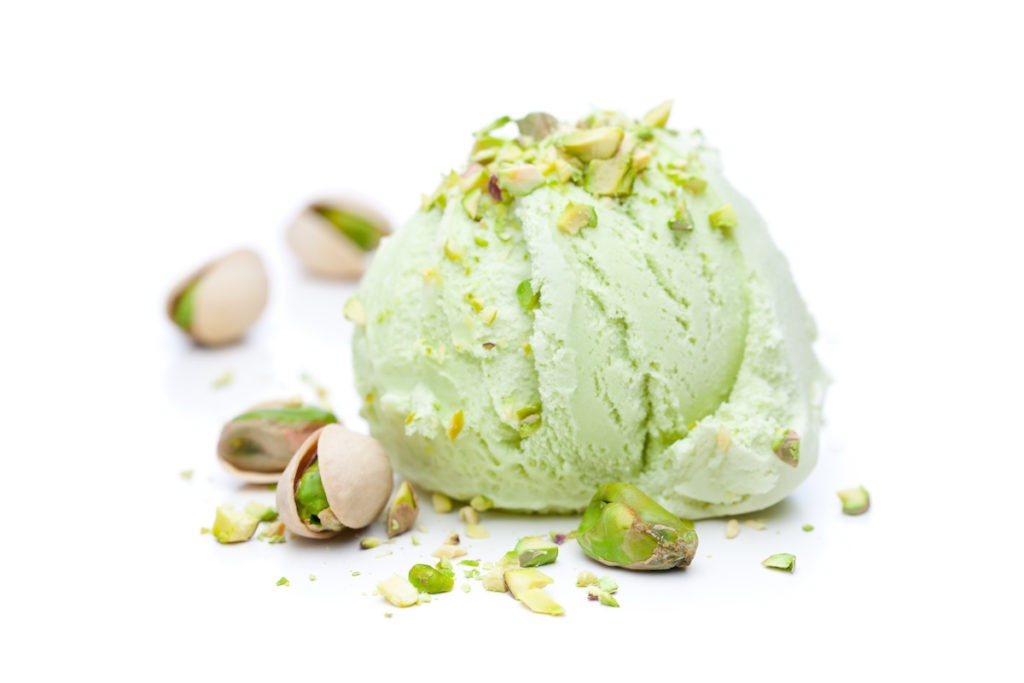
The popularity of pistachios in the United States is directly related to the way most of us were introduced to the green nut: via creamy pistachio ice cream, which was always colored bright green and flavored with almond extract. Pistachios are also present in some Italian sweet treats, such as spumoni or Neapolitan, which featured layers of green, white, and red ice cream, the colors of the Italian flag.
Pistachios’ Health Benefits
Nutritionally, pistachios are high in protein and antioxidants. They contain monounsaturated fats, which make them a heart-healthy snack, and are a good source of vitamin B6, thiamin, magnesium, and manganese. While the nuts are available in your local market in both shelled and unshelled varieties, studies have shown that people who snack on nuts in their shells tend to eat less, consuming 41% fewer calories than those who consume the shelled variety. Scientists even call this “The pistachio effect”!
Here’s a recipe for a delectable dessert that pays homage to the pistachio’s middle eastern and Mediterranean roots. It’s a bit time-consuming, but worth the effort!
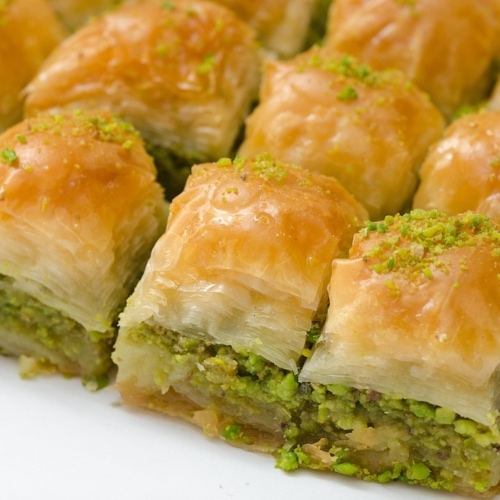
Pistachio Baklava Recipe
Ingredients
- 16 sheets phyllo dough, thawed
- ½ pound shelled pistachio nuts
- ½ pound raw, unsalted almonds
- 2 ½ sticks unsalted butter, melted
- ½ tsp ground cinnamon
- 1/3 cup sugar
For the Syrup:
- 2 cups sugar
- ¾ cup water
- 1 cup honey
- 2 tbsp fresh lemon juice
- Thin slice lemon peel
- ¼ tsp ground cardamom Pinch cinnamon
- 2 whole cloves
Instructions
- Preheat oven to 350° F. Toast nuts briefly in the oven or in a dry skillet until fragrant, about 5-10 minutes. Allow to cool completely, then grind in a food processor or mortar and pestle to a medium-fine consistency.
- Mix nuts, ½ tsp. cinnamon and 1/3 cup sugar in a medium mixing bowl.
- Meanwhile, make the syrup. Place sugar, honey, lemon juice, water, and cloves in a saucepan. Bring to a boil, stirring to dissolve sugar. Reduce heat to medium and boil until syrup reduces to about 2 cups. Remove lemon peel and cloves and discard. Add ground cardamom and pinch cinnamon and stir. Allow syrup to cool completely.
- Brush a 9″ x 13″ baking pan with melted butter. Cut phyllo sheets in half to fit your pan.
- Layer 8 sheets of phyllo in the bottom, brushing lightly with the butter between the layers. Then spread about 1/3 of the nut mixture evenly. Add 6 more phyllo sheets, brushing butter between layers. Repeat with another 1/3 of the nut mixture. Repeat again with 6 more layers of phyllo and the remainder of the nut mixture. Then top with 8 layers of phyllo, brushing between layers and the top.
- Score the top of the phyllo with a sharp knife. Don’t cut all the way through, just lightly score through the top 2 or three sheets. Make even squares, like brownies, then score the squares on the diagonal into triangles.
- Bake until phyllo is golden brown and crispy, about 40-45 minutes. When Baklava is done, cool for about 5 minutes, then cut the portions that you scored all the way through. Spoon the cooled syrup evenly over the warm Baklava, letting it soak in. Use it all. Allow to cool to room temperature and serve.
Like what you read? See where cashews come from!

Edward Higgins
Edward Higgins is a freelance writer, artist, home chef, and avid fly fisherman who lives outside of Portland, Maine. He studied at Skidmore College and Harvard University. His article 10 Best Edible Insects appears in the 2020 Farmers' Almanac.


